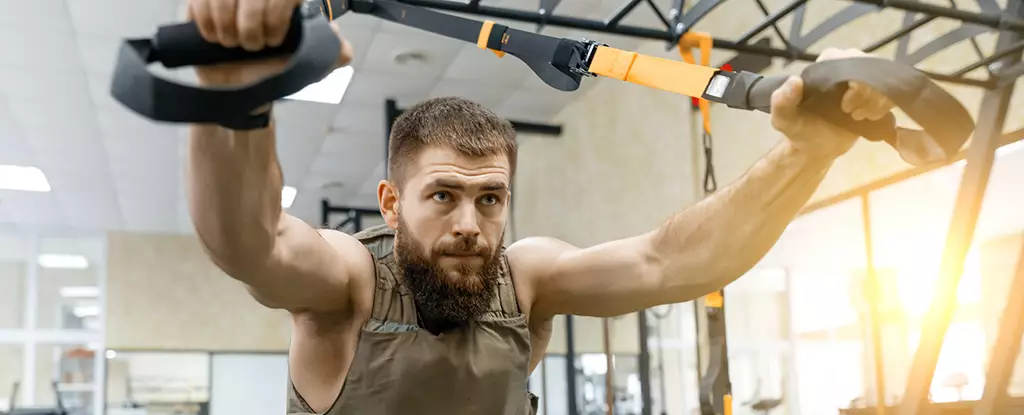The practice of performing physical activities while wearing extra weight isn’t a novel concept. Historically, soldiers have undertaken long treks with heavy packs, signaling that the integration of weight into exercise routines has deep roots. Today, with the rise of fitness influencers and trainers on social media, the modern weighted vest has gained attractions, presenting itself as an innovative and often recommended tool for enhancing physical fitness. These vests come in a variety of designs, engineered for comfort and flexibility in adjusting the weight, thereby catering to various fitness levels. However, the fundamental question remains: is a weighted vest a beneficial addition to your workout routine?
A pivotal study published in 1993 explored the effects of weighted vests on a group of 36 older adults participating in weekly exercise classes. The research spanned over 20 weeks, revealing substantial improvements in bone health, pain management, and overall physical functionality among participants who donned the vests. Since that initial analysis, a plethora of studies have emerged, documenting the physiological impacts of exercising with added weight. For instance, when individuals engage in physical activity while wearing vests, there’s a noticeable increase in oxygen uptake, heart rate, carbohydrate utilization, and energy expenditure—all indicators that the body is working harder.
However, the effectiveness of added weight seems to plateau beyond a certain point. Studies indicate that adding weight up to 10% of an individual’s body weight can be effective for enhancing workout intensity, while weights lighter than that, such as 5%, may not significantly alter the body’s biomechanics. This insight is critical as it could relate to injury risk, particularly in the lower body, during dynamic movements such as walking or running.
The discourse surrounding weighted vest training also includes essential considerations regarding safety. A biomechanical study investigated the impact of adding weights ranging from 1% to 10% of body weight on treadmill running, concluding that while heart rates increased and muscular forces intensified, running mechanics remained largely unaffected. Despite the increased physiological demand, there have been no conclusive reports linking weighted vest training to elevated injury rates in recreational exercise contexts.
Still, a clinical investigation conducted in 2018 revealed back pain incidents in 25% of participants who utilized weighted vests for weight loss, specifically within an obesity group. This introduces a layer of complexity when extrapolating these results to the broader population, especially those who may not have pre-existing conditions.
The relationship between weighted vests and fat loss remains less concrete. While some earlier studies indicated improvements in fat loss and muscle mass among postmenopausal women exhibiting osteoporosis, other research failed to corroborate these results in different demographic groups, particularly those who were obese. This inconsistency suggests that while additional weights may enhance energy expenditure during aerobic and resistance exercises, they may not be a guaranteed solution for achieving fat loss or muscle retention.
Understanding the variables at play—such as duration of weight vest use, frequency of training, and individual metabolic responses—is crucial when evaluating the potential effectiveness of this training method.
For those considering the introduction of weighted vests into their workouts, it is advised to first focus on building a baseline level of strength and fitness before incorporating additional weights. Starting with a lighter vest, approximately 5% of body weight, is recommended, with gradual progression allowed up to a maximum of 10% for activities that induce ground impact, i.e., running or jogging.
Once an adequate fitness foundation is established, one could leverage the benefits of weighted vests to enhance loading intensity and variation in their training regimen. However, it’s important to note that simpler tools—such as barbells, dumbbells, and kettlebells—can often achieve similar, if not superior, results with potentially less risk and complexity.
While weighted vests can effectively increase energy expenditure and enhance physical training, they should be treated as just one of many tools available to fitness enthusiasts. Their capacity to influence bone health positively during ground-based exercises presents a compelling case, yet the benefits can also be reached through traditional resistance and impact training strategies. Ultimately, the decision to incorporate a weighted vest should be informed not only by personal fitness goals but also by a comprehensive understanding of one’s fitness level, prior injuries, and the methodical progression of training intensity.


Leave a Reply